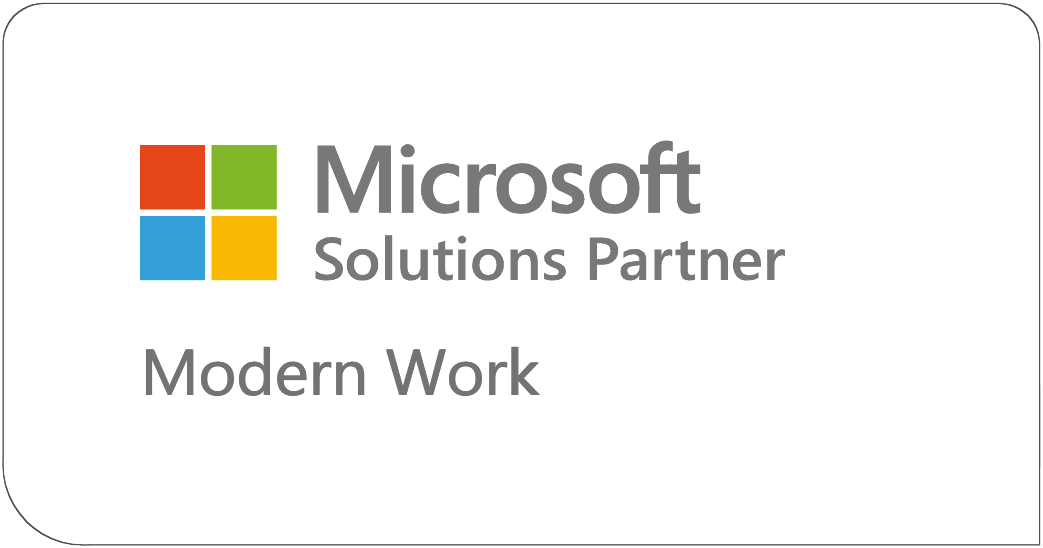As a finance manager, your CFO and board expect you to provide accurate information along with informed, balanced recommendations. In an environment where data-driven decision-making is so important, unconscious bias in finance can make it difficult to verify the logic used to make strategic decisions. And while past experience and instinct are both essential components for a successful strategic leader, an over-reliance on these may result in completely invalid decision-making given the recent turbulence in markets and industry.
Put simply, bias is everywhere, and you need to confront it.
A recent BARC survey found that 58% of companies surveyed base at least half of their regular business decisions on gut feel or experience, rather than on data and information. Although using intuition may have guided you well in the past, it’s a risky strategy because we rarely go against our intuition, so it largely remains unchecked. For this reason, even when making a decision in areas of expertise and familiar environments, using intuition should be considered only one data point among many.
A McKinsey study of more than 1,000 major business investments showed that organisations who addressed bias in their decision-making processes achieved up to 7% higher returns.
In this two-part series, we explore the most common biases that affect decision-making in business and finance and how to address these to ensure you’re making the best decisions to achieve maximum returns.
How does bias affect decision-making in Finance?
Cognitive biases affect how we judge alternatives when making a decision. While there are many biases humans are susceptible to, three of the main biases affecting decision-making in finance (and business more generally) are confirmation bias, cognitive inertia and groupthink.
Confirmation bias makes us favor information that conforms to our existing beliefs and discount evidence that doesn’t. Even though we have the best intentions, intrinsic favoritism means you are more willing to accept a business case with soft numbers from a senior executive, or someone with whom you have a good relationship.
Cognitive inertia and anchoring make us reluctant to consider alternatives or revisit first assessments. This leads to holding outdated beliefs despite the data proving otherwise. Anchoring occurs when you use an initial piece of information to make other judgements – once this ‘anchor’ is set, bias affects the interpretation of information around it. For example, starting a budget by seeding it with last year’s numbers can save time, but introduces bias which may never be overcome.
If you’ve ever attended a meeting, you’ve almost certainly experienced groupthink firsthand. In many cases rapidly achieving consensus is a good thing, but groupthink can just as easily result in poor decision-making as we strive for harmony and to avoid conflict.
For most of us this won’t be a surprise. But the fact that these biases are unconscious makes them insidious. They require active management to mitigate. It’s not something you can just set and forget.
Key methods to reduce bias in your decision-making
Be aware
Everyone is susceptible to bias. By accepting that bias in decision-making is a given, you can create a system designed to reduce bias. Reflection and thinking twice (or thrice) about options can help you understand your limitations and avoid bias in your decision-making.
Collaborate
To address your own biases, consider either delegating or working with a team. Relying on team members to have a perspective and to share it can help you see biases. When collaborating, don’t lead discussions with your opinions. Have your team outline their ideas individually, this prevents you and your team from being anchored to a particular idea.
Encourage divergent thinking within the team and provide a platform to debate opposing views. You can take things further by assigning a member of the group to play devil’s advocate and ask the tough questions.
Plan for multiple scenarios
Bias means that we often think too narrowly about the future and possible outcomes. Always make three forecasts when assessing an idea – this tempers optimism and gives a more accurate and realistic assessment than just stating a low and high range.
Similarly, you need at least three options to choose from to make sound decisions. To ensure the best outcome when thinking about options, evaluate alternatives simultaneously, rather than sequentially in isolation. Considering the opportunity cost of different choices helps assessment.
Think broadly
Assuming you can’t choose any of the options you’re weighing up can broaden your thinking by forcing you to explore other alternatives. Similarly, the way you frame your options – focusing on what you could do rather than on whether or not to take a certain action – helps open up opportunities.
Now that you have the resources to keep your own biases in check, look out for the next part in this series which discusses how to de-bias your team.
Read about practical steps to de-bias your finance team in part two of this series.
Ready to find out more about all Jet Global brings to the table for Business Central? Reach out to your Customer Engagement Specialist, give us a call at 800-834-7700, or email sales@innovia.com.
Additional Sources
https://towardsdatascience.com/using-analytics-for-better-decision-making-ce4f92c4a025
https://www.cio.com/article/2389409/data-analytics-will-fail-if-executives-ignore-the-numbers.html
https://www.mentalfloss.com/article/68705/20-cognitive-biases-affect-your-decisions
This blog has been syndicated from our partner Jet Global. It originally appeared at: https://insightsoftware.com/blog/how-to-reduce-your-financial-data-bias/





